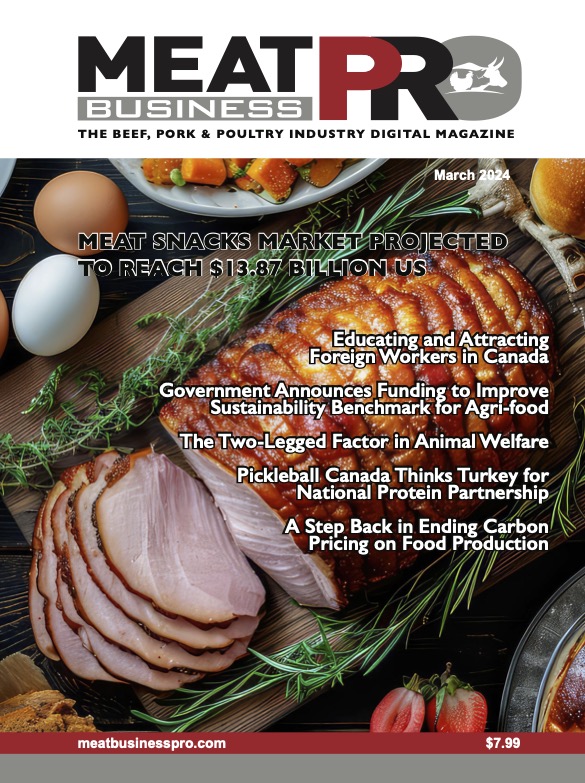Grow The Value-Added Food Sector to Capitalize On Its Untapped Potential

Canada should expand the value-added food sector by improving regulations to allow for the expansion of international trade of processed food products, investing in innovation, and reducing the barriers to growth inside its borders, a Senate committee said
The value-added food sector takes raw agricultural products, like apples or hemp fibre, and transforms them into something else, like cider or cat litter. Currently, only about half of the food grown in Canada is processed here, demonstrating a gap the committee believes should be closed.
The Senate Committee on Agriculture and Forestry is recommending regulatory changes that maintain Canada’s brand of quality and safety while expanding its reach to international markets. It recommends updates for the Canada Food Inspection Agency and Canada Border Services.
“This is a sector where we’re already seeing incredible ingenuity in the development of products that meet both national and international demand,” said Senator Diane Griffin, Chair of the committee. “With support from the federal government to break down regulatory barriers and foster further innovation, Canada’s value-added sector could become an essential component of the Canadian economy.”
“There is an appetite for made-in-Canada food and products, both within our borders and internationally”
It also recommends investing in research and development and using existing mechanisms to support innovation in the sector, including grants, rebates and superclusters, to encourage the launch or growth of businesses that manufacture value-added products.
“There is an appetite for made-in-Canada food and products, both within our borders and internationally,” added Senator Don Plett, Deputy Chair of the committee. “We need to encourage growth in the food manufacturing industry by improving our transport systems and making regulations clearer and easier to follow.”
Barriers to growth within Canada’s borders should also be resolved. The government should look to harmonize trucking regulations and reduce trade barriers between provinces and territories, improve transportation networks across the country and rectify the industry-wide labour shortage. There are 59,000 positions currently vacant in the industry. To help fill them, the committee recommends expediting the path of temporary foreign workers to permanent residency when they comply with the program.
The food processing sector is one of the country’s largest employers, representing 17.3% of manufacturing employment. Of all value-added food companies in Canada, 94.1% have fewer than 100 employees. Companies with more than 500 employees make up only 0.5% of the total. The average job vacancy rate in the agriculture sector varied between 4.5% and 6.3% in 2017, while the average for all Canadian industries was only 2.8% that year.











